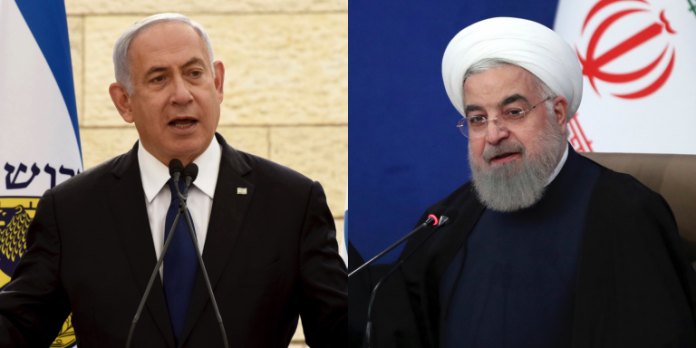Defending Iş_rǎel from Irán’s recent droneš and missile atta_ck on Iş_rǎel has not only had immediate operational implications but also significant financial repercussions.
The cost of protecting the nation and its citizens from these threats amounted to approximately 4 to 5 billion shekels, translating to around US$1.35 billion.
This substantial financial commitment underscores the high stakes and costs associated with maintaining national security in a region marked by geopolitical tensions and ongoing conflict.
Brigadier General Reem Aminoach, a former financial advisor to the IDF chief of staff, shed light on the cost structure involved in intercepting and neutralizing the threats posed by Irán’s atta_ck.
He highlighted the disparity in spending between Iş_rǎel and Irán’s, emphasizing that while Iş_rǎel defensive measures incurred considerable expenses, Irán’s offensive actions were relatively cost-effective.
A significant portion of the defense expenditure is attributed to the deployment and utilization of advanced missile defense systems.
The ‘Arrow’ missile, which is specifically designed to intercept ballistic missiles, carries a substantial price tag of approximately US$3.5 million per unit.
Similarly, the ‘Magic Wand’ missile, another critical component of Iş_rǎel missile defense architecture, costs around US$1 million per unit.
These figures not only reflect the sophistication and effectiveness of Iş_rǎel defense capabilities but also highlight the financial burden associated with maintaining and operating such advanced military hardware.
In addition to the direct costs of missile interception systems, the expenses incurred by aircraft sorties further contribute to the overall financial implications of defense operations.
Deploying fighter jets and other aircraft to intercept and neutralize incoming threats, such as drones, involves substantial costs related to fuel, maintenance, and operational logistics.
These operational expenses are an integral part of Iş_rǎel’s multi-layered defense strategy, aimed at providing comprehensive protection against various types of threats.
Beyond the immediate financial considerations, the recent attack and Iş_rǎel’s defensive response have broader strategic, geopolitical, and economic implications.
The escalating tensions and military activities in the region can impact regional stability, trade routes, energy supplies, and global economic dynamics.
The continuous need for advanced defense capabilities and readiness requires sustained investment in research, development, and innovation, driving long-term economic commitments and resource allocation.
In conclusion, the substantial financial cost incurred by Iş_rǎel in defending against Irán’s recent attack underscores the multifaceted challenges and complexities associated with maintaining national security in a volatile and unpredictable geopolitical landscape.
It emphasizes the importance of strategic planning, continuous investment in defense technologies, and international cooperation to address evolving threats effectively and safeguard national interests and stability in the region.


